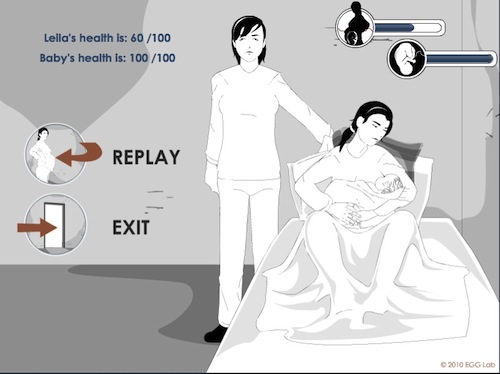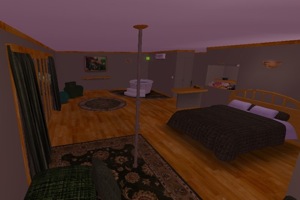 This article originally appeared over at our sister-site Metaverse Health.
This article originally appeared over at our sister-site Metaverse Health.
One of the biggest challenges with online or PC-based simulations is the infrastructure required to run them. The move to web-based simulations is key to resolving that issue although web-based currently can come with a trade-off on complexity in a lot of cases.
That said, sometimes simplicity can still cover key concepts and that’s evident with a nice little simulation developed by the Engender Game Group at the University of Wisconsin-Whitewater.
It provides a home-based scenario where a woman needs support through delivering her baby. It covers everything from the initial meeting through to initial post-natal care until medical assistance arrives. Have a go for yourself.
For the record I’ve confirmed the validity of my choice not to become a midwife, as I got barely more than half the questions in the scenario correct!


 (This story originally appeared over at
(This story originally appeared over at
Recent Comments